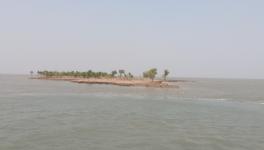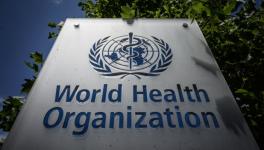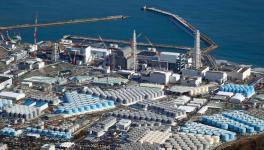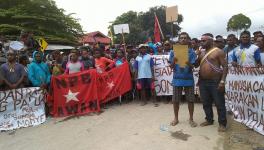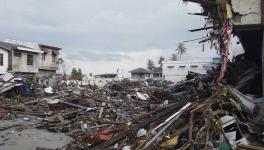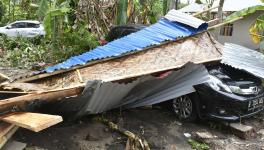Devastating 2018 Indonesian Earthquake was a Rare ‘Super-powerful’ and ‘Superfast Event’
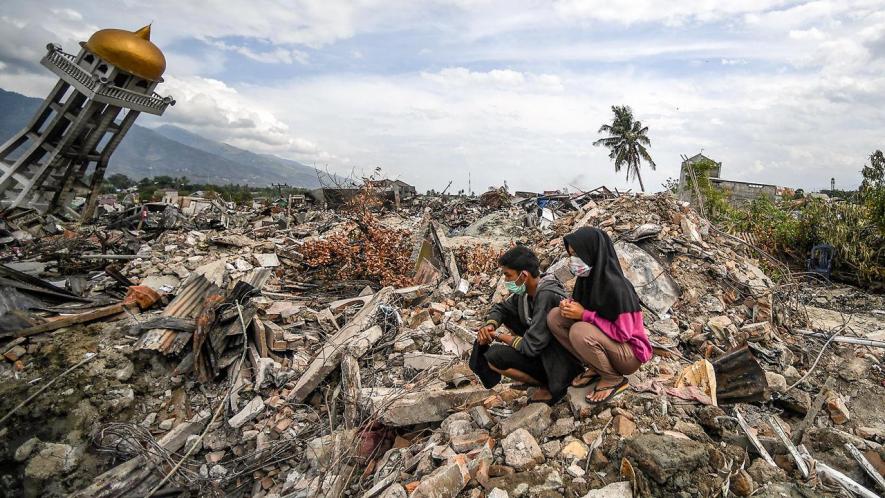
Image for representational use only; Image Courtesy : Science Magazine
In 2018, Indonesia witnessed several devastating events. The most horrifying was probably the 7.5 magnitude earthquake that struck the Palu region of the country. The powerful quake triggered a tsunami and left thousands of people killed. Now, five months after the devastation, scientists have found the reasons that made the earthquake dangerous. The 2018 Palu earthquake was a rare seismologic event of very fast character, and this character gave it the power of massive destruction. Till now, fewer than 15 of this kind of superfast and extra-powerful earthquakes have been identified.
The study published in Nature Geoscience has declared that the Palu earthquake was a “Supershear” earthquake. In the case of a supershear earthquake, the speed of propagation of the earthquake rupture exceeds the speed of the seismic shear wave or the S-wave. This causes an effect similar to a sonic boom. In very rare cases earthquakes of these kinds take place.
Also Read: Why Indonesia Failed to Contain Tsunami Related Devastation
How Does an Earthquake Occur?
One of the ways an earthquake occurs is by a sudden slip on a fault. In geological terms, a fault is a fracture or discontinuity that exists in a large volume rock. The plate tectonic forces cause large faults to occur within the earth’s crust. Earthquakes generally occur on faults. Geological faults can be a few centimeters to thousands of kilometers long. The sudden slip on a fault during an earthquake in turn causes rupture or cracks that can propagate along the fault.
In the case of a supershear earthquake, the rupture moves along the fault extremely rapidly resulting in massive intensification of the seismic shear waves. The seismic shear waves are the up and down or side to side waves that shake the ground.
The Case of the Palu Earthquake
The Palu earthquake occurred on a strike slip fault- a fault in which rock strata are displaced mainly in a horizontal direction, parallel to the line of the fault. Lingsen Meng, one of the leading authors of the Nature Geoscience paper said that the earthquake appeared unusual from the start. The rupture travelled some 150 kilometers within just 35 seconds of its beginning, which is extraordinary.
Also Read: What Made Predicting the Indonesian Tsunami Difficult
Earthquake ruptures typically spread on a fault at a uniform rate of about 3 kilometers per second, which is below the earthquake’s damaging shear waves. These waves originate from the tip of the rupture. The speed limit of the rupture propagation is posed by geological factors. The point of rupture consumes energy and the rupture propagation becomes weaker in velocity.
Whereas most of the earthquakes fall under this rule, scientists have found out examples that could violate this. The 1999 earthquakes in Turkey was the first time that these kinds of exceptional quakes were noticed for the first time.
The Palu quake also broke that rule. Meng and his co-authors traced the speed of the rupture by using the technique of calculating the time variation of arrival of seismic waves with a dense array of sensors located in Australia. They also analysed satellite radar records of the Palu region before and after the earthquake—to know how the propagating rupture displaced the ground. They found that the fault had big kinks rather than a straight runway. The rupture went supershear that travelled more than a kilometer per second faster than a typical earthquake.
The other study, also published in Nature Geoscience supports the notion of the Palu earthquake being a supershear. This study used satellite imagery of one segment of the rupture. Anne Saquet, the lead author of the study and a Geophysicist at University of Grenoble, France, said, “We were immediately struck by the sharpness of the rupture at the surface. The ground seemed to slip almost seamlessly north and south, with little vertical motion, and the quake had no aftershocks—features consistent with past supershear earthquakes.”
The supershear character of Palu’s earthquake made the fast moving rupture overtake the slower shear waves moving in front of it and combined these two waves together to a massive wave.
Get the latest reports & analysis with people's perspective on Protests, movements & deep analytical videos, discussions of the current affairs in your Telegram app. Subscribe to NewsClick's Telegram channel & get Real-Time updates on stories, as they get published on our website.









